Rising Demand in Medical Devices
The Aspherical Lens Market is significantly influenced by the rising demand for advanced optical components in medical devices. Aspherical lenses are integral to various medical imaging systems, including endoscopes and surgical microscopes, where precision and clarity are essential. The increasing prevalence of chronic diseases and the growing emphasis on minimally invasive procedures are driving the demand for high-quality imaging solutions. Market data suggests that the medical devices segment is expected to grow at a CAGR of around 7% in the coming years, further solidifying the role of aspherical lenses in enhancing diagnostic and surgical capabilities within the Aspherical Lens Market.
Expansion of the Electronics Sector
The expansion of the electronics sector is a critical driver for the Aspherical Lens Market. With the proliferation of smartphones, tablets, and other portable devices, the demand for compact and high-performance optical components is escalating. Aspherical lenses are favored in these applications due to their ability to provide superior image quality in a smaller form factor. Recent statistics indicate that the consumer electronics segment is expected to grow at a CAGR of about 5% in the next few years, underscoring the increasing reliance on aspherical lenses to meet the demands of modern electronic devices. This trend is likely to bolster the Aspherical Lens Market significantly.
Technological Innovations in Optical Design
Technological innovations in optical design are propelling the Aspherical Lens Market forward. Advances in manufacturing techniques, such as precision molding and computer-aided design, have enabled the production of complex lens shapes that were previously unattainable. These innovations allow for improved optical performance, reduced aberrations, and enhanced light transmission. As a result, manufacturers are increasingly adopting aspherical lenses in various applications, including cameras, projectors, and consumer electronics. The market is projected to expand as these technologies continue to evolve, with an anticipated growth rate of approximately 6% annually over the next few years, reflecting the dynamic nature of the Aspherical Lens Market.
Increasing Applications in Automotive Sector
The Aspherical Lens Market is experiencing a notable surge in demand due to the increasing applications of aspherical lenses in the automotive sector. As vehicles become more technologically advanced, the need for high-performance optical components is paramount. Aspherical lenses are utilized in various automotive applications, including headlights, cameras, and advanced driver-assistance systems (ADAS). The integration of these lenses enhances image quality and reduces distortion, which is crucial for safety and navigation. According to recent data, the automotive segment is projected to witness a compound annual growth rate (CAGR) of approximately 8% over the next five years, indicating a robust growth trajectory for the Aspherical Lens Market in this domain.
Growing Interest in Augmented and Virtual Reality
The growing interest in augmented reality (AR) and virtual reality (VR) technologies is emerging as a pivotal driver for the Aspherical Lens Market. As these technologies gain traction across various sectors, including gaming, education, and training, the demand for high-quality optical components is surging. Aspherical lenses play a crucial role in enhancing the immersive experience by providing wider fields of view and reducing optical distortions. Market forecasts suggest that the AR and VR segment could experience a growth rate of approximately 10% annually, indicating a substantial opportunity for the Aspherical Lens Market to capitalize on this burgeoning trend.
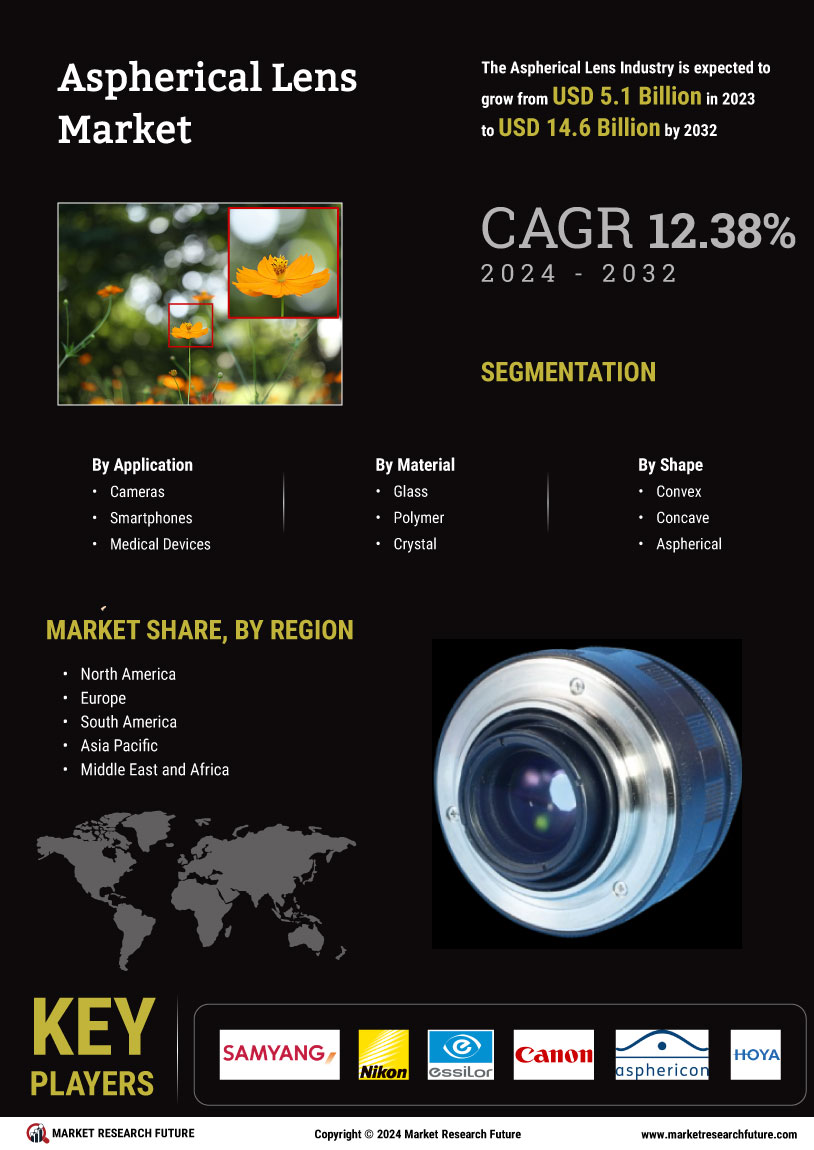

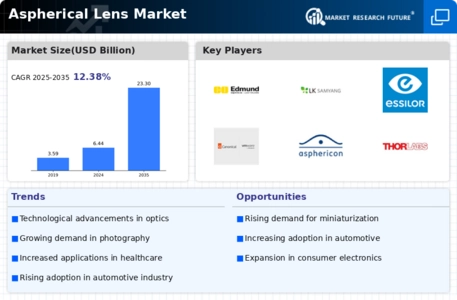
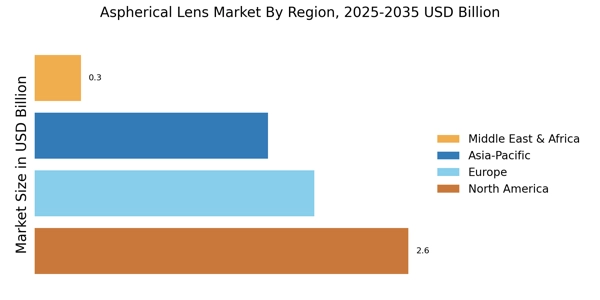
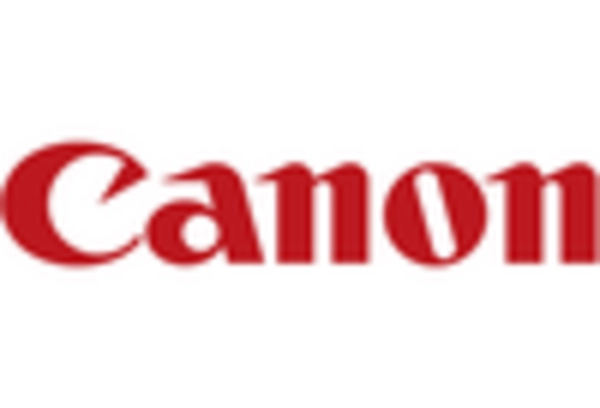
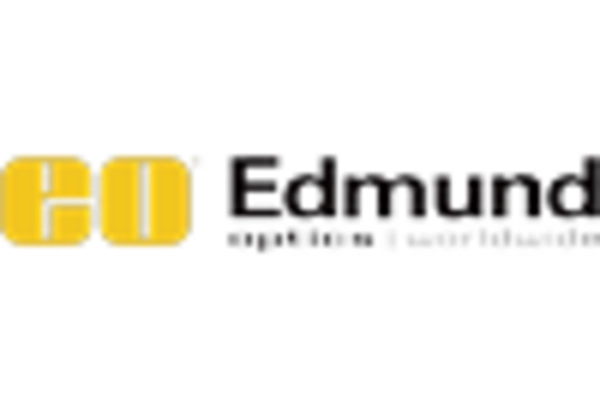
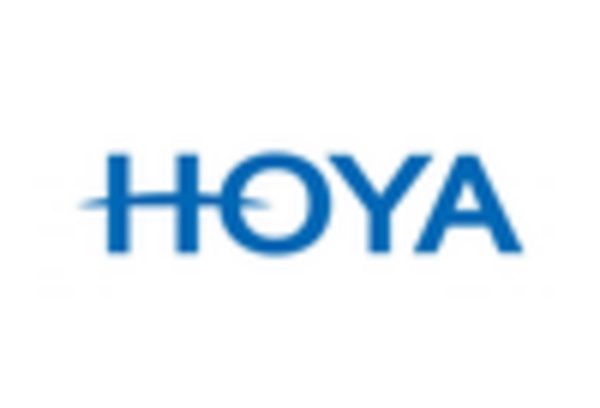
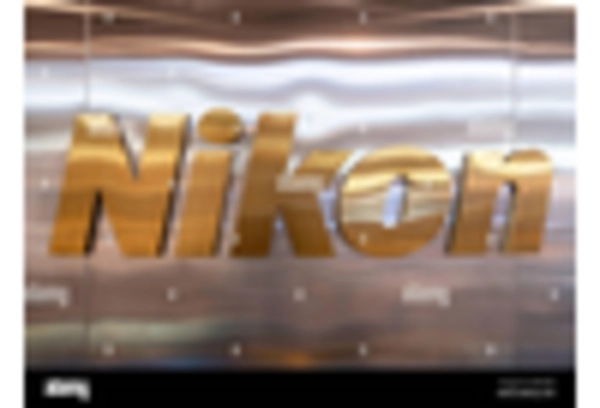
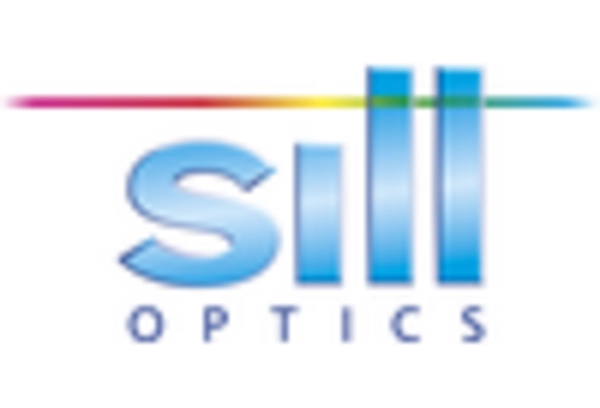
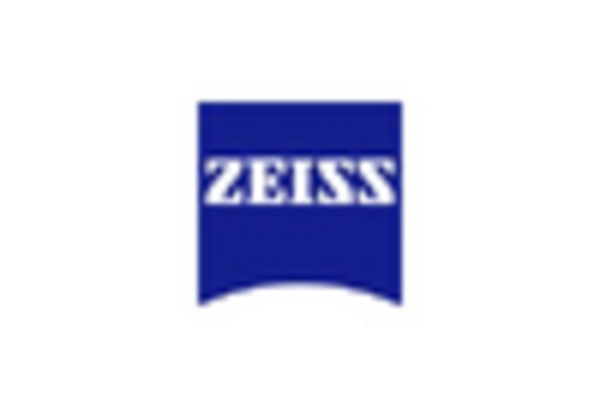








Leave a Comment